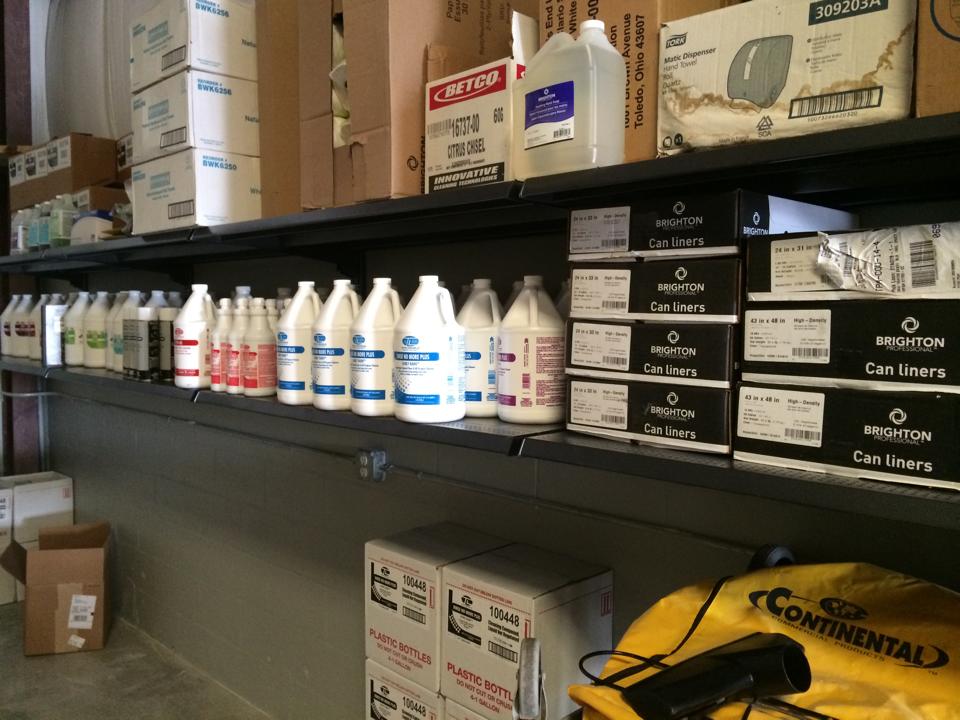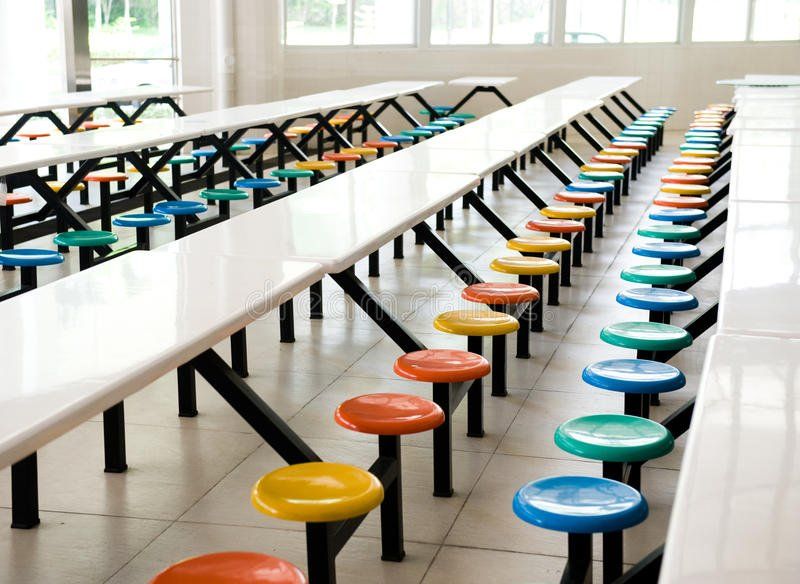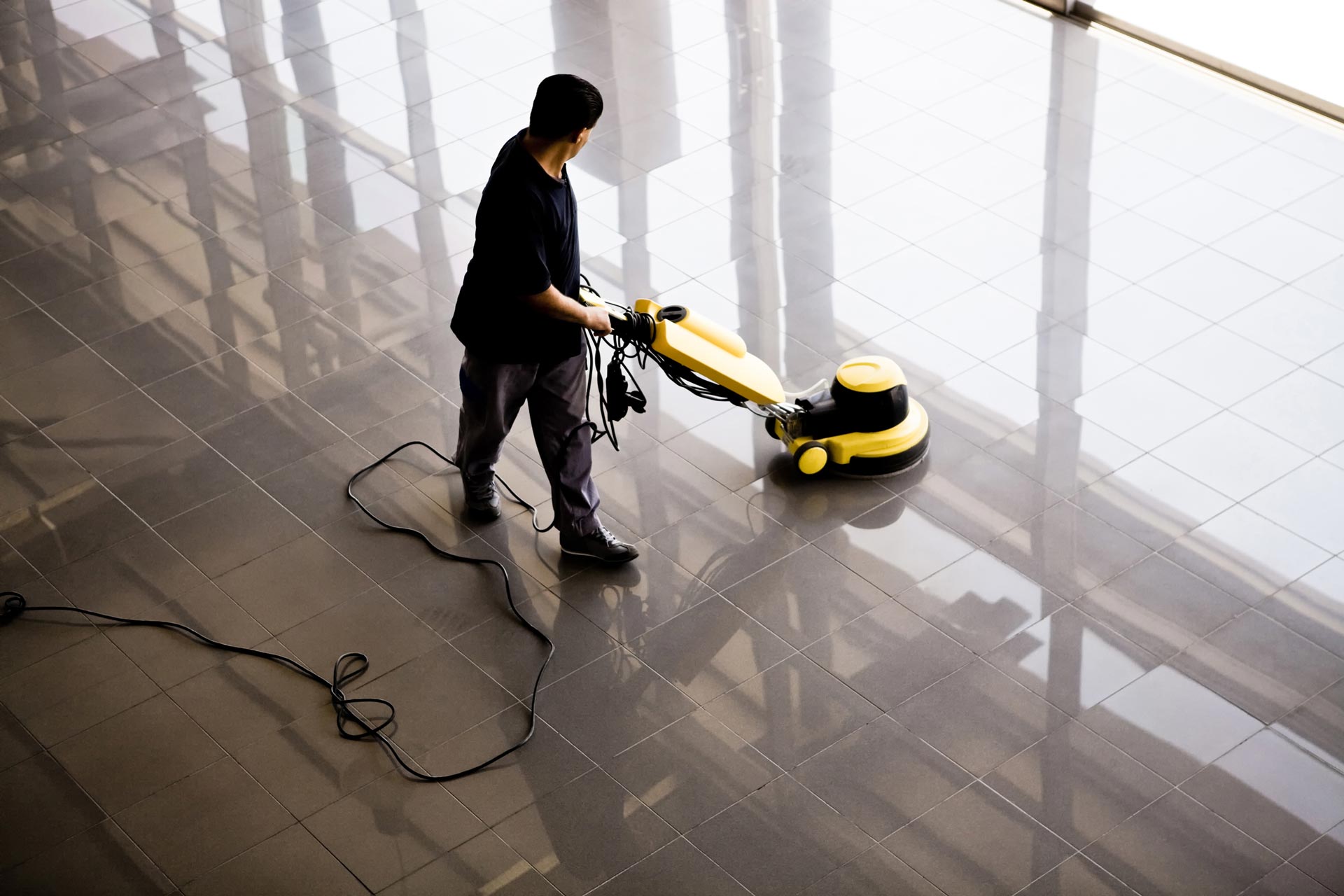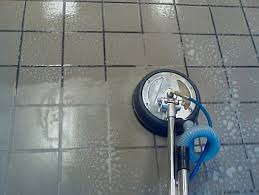Kitchen Mold: How to Eliminate Mold in the Kitchen for Good
 Your kitchen is one of the most important rooms in your house. It’s often called the ‘heart of the home’, and it’s where you and your family meet to have breakfast, relax with a coffee, or prepare the evening meal.
Your kitchen is one of the most important rooms in your house. It’s often called the ‘heart of the home’, and it’s where you and your family meet to have breakfast, relax with a coffee, or prepare the evening meal.
As a result, hygiene matters more in this room than any other zone in the house. If you’ve got a mold problem in the kitchen, it’s not simply an unsightly problem that makes the room look dirty; it can also pose significant health issues too. Inhalation of mold can cause respiratory problems, and if spores are accidentally consumed, this can lead to sickness and allergic reaction.
Causes of Mold in the Kitchen
Mold loves warmth and moisture. In the hot Florida climate, particularly after high rains, this presents the ideal breeding ground for mold to develop. This problem is particularly pronounced in kitchens, as water is often used in the area. Here are some key problem areas in the kitchen space:
- Around the refrigerator. It’s common for mold to take hold in the area behind the refrigerator, particularly if you have a leak from the refrigerator drain.
- Grouting and tiles. Tiles in the kitchen often come into contact with water. If the grouting hasn’t been done properly, this is a prime area for mold to grow.
- Under the sink. Leaks around the water pipes are particularly common, and this can cause mold to develop, which will eventually spread to other areas of the units, eventually consuming the wood itself.
If your house has suffered water damage from flooding, your kitchen is also at considerable risk.
How to Get Rid of Mold
Once you’ve identified that you have a mold problem, your main priority is to get rid of it as quickly as possible, for the safety of your family. If the problem is extensive (particularly after flooding or a burst pipe) it’s sensible to call a mold restoration expert straight away.
If the issue is minor, you may be able to eliminate the problem yourself. There are a variety of chemicals available to purchase from the local hardware store, but keep in mind that they are only suited to treating minor mold problems. If the mold is widespread or particularly established, DIY treatments are unlikely to be very effective.
Staying Mold Free After Treatment
After you’ve managed to get your kitchen free from mold, there are a few steps you can take to ensure that the problem doesn’t reoccur.
- Regularly check for leaks. Mold is far harder to deal with when it has become firmly established. Check any water pipes regularly, to ensure the surrounding area is moisture free.
- Don’t allow moisture to build up. When cooking, turn on the extractor fan or open the door to allow steam to escape. After cleaning tiles or around the sink area, dry it thoroughly afterwards with a towel, to ensure moisture is removed as quickly as possible.
- Invest in a dehumidifier. If humidity is a problem, invest in a dehumidifier to lower the levels of moisture in the room.
If you suspect that you have a reoccurring mold issue, don’t wait for it to become a significant problem. Talk to an expert today. Gator Cleaning are mold restoration experts in Florida, and you can contact them on 813-929-1122 to arrange for a free quote today.
The post Kitchen Mold: How to Eliminate Mold in the Kitchen for Good appeared first on Gator Cleaning Solutions.

















